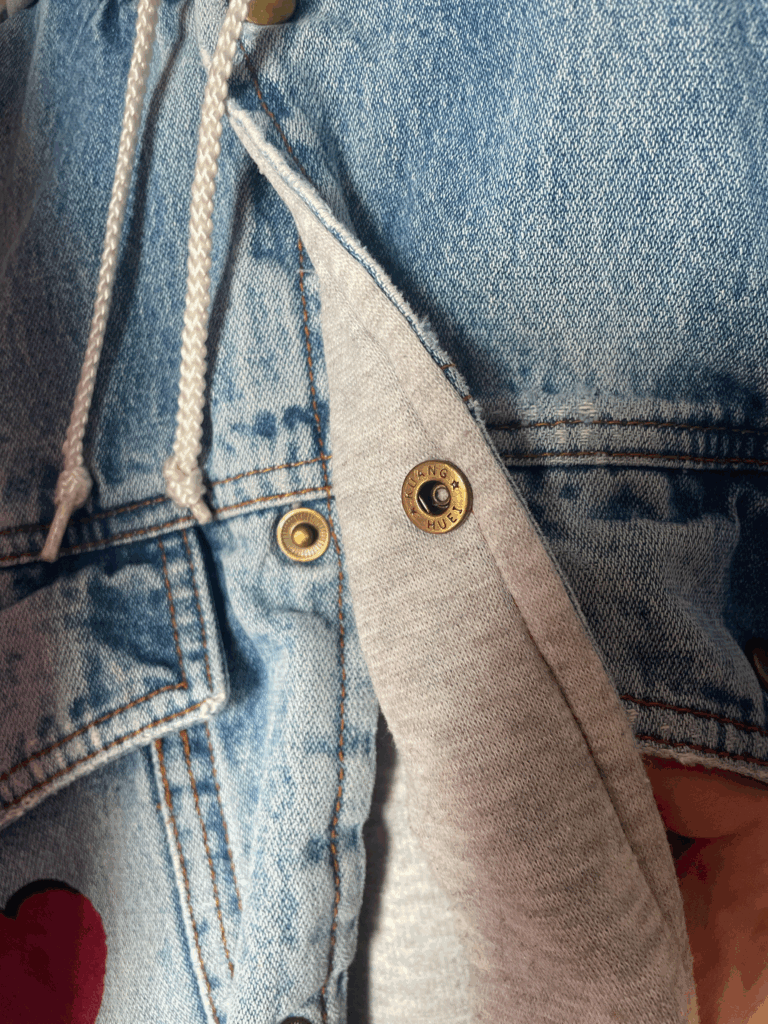Snaps for clothing may seem like minor components on a garment, but they play a crucial role in functionality, durability, and even style. These small fasteners—whether made of metal or plastic—are backed by a complex manufacturing and installation process. In this article, we’ll explore how snaps for clothing are made, installed, and tested, and how they’re evolving toward smarter and more sustainable solutions.

What Are Snaps for Clothing—and Why Are They Important?
Snaps for clothing are fastening systems designed specifically for garments. Usually composed of two or four interlocking parts, they offer:
- Fast and secure closure
- High durability compared to zippers or buttons
- Compatibility with automated garment production lines
From baby bodysuits and denim jackets to outdoor gear and uniforms, snaps for clothing are essential to both function and design.
Common Types and Materials of Snaps for Clothing
1. Metal Snaps
- Materials: Copper, stainless steel, nickel-plated iron
- Applications: Jeans, jackets, workwear, military uniforms
- Finishes:
- Electroplating (nickel, antique brass, matte black)
- Brushed or sandblasted textures
2. Plastic Snaps
- Materials: Polypropylene (PP), polyester (PET), nylon
- Applications: Babywear, undergarments, medical apparel
- Advantages: Lightweight, affordable, and available in a wide range of colors
- Eco-Friendly Options: Biodegradable or toxin-free materials available for sustainable production
Manufacturing Process of Snaps for Clothing
🛠 Metal Snap Production
- Stamping
- Precision molds are used to punch raw metal into the required shapes (cap, socket, stud, and post).
- Quality of stamping directly affects the performance of the snaps for clothing.
- Deburring and Polishing
- Ensures a smooth surface to prevent damage to fabric or skin.
- Plating or Coating
- Enhances corrosion resistance and provides aesthetic value.
- Assembly and Quality Control
- Automated machines assemble parts and perform tension testing to ensure proper closure.
🧩 Plastic Snap Production
- Injection Molding
- Heated plastic is injected into steel molds for precise shaping.
- Cooling and Ejection
- Uniformity is ensured through carefully controlled cooling processes.
- Coloring and Surface Treatment
- UV-resistant coatings or custom colors can be applied.
How Are Snaps for Clothing Installed?
1. Manual Installation
Ideal for sample production or small-batch custom garments using hand tools or manual pliers.
2. Semi-Automatic Installation
Uses pedal or electric press machines for improved speed and accuracy in small to mid-size workshops.
3. Automated Installation
Large-scale factories use fully automated snap installation machines equipped with vision-guided systems for high-speed, consistent results.
Quality Control and Standards for Snaps for Clothing
To meet international safety and performance benchmarks, snaps for clothing are tested against the following:
- Pull Strength Tests
Standards such as ASTM D4846 and ISO 6330 assess how securely the snap stays attached during use. - Closure Smoothness
Snaps must open and close smoothly without excessive force or noise. - Placement Accuracy
Installation tolerance typically allowed within ±1 mm. - Environmental Compliance
Must meet RoHS, REACH, or CPSIA standards to ensure they are nickel-free, non-toxic, and safe for children’s apparel.
The Future of Snaps for Clothing: Smart, Green, and Modular
✅ Smart Manufacturing
- AI-powered systems for precision alignment and pressure control
- Digital traceability for every installed snap in the production line
🌱 Eco-Friendly Materials
- Nickel-free alloys and bio-based plastics
- Snaps made from recyclable or biodegradable materials
♻️ Modular Designs
- Replaceable or interchangeable snaps for increased garment longevity
- Ideal for circular fashion models and sustainable brands
Conclusion
Snaps for clothing may be small, but they are a big deal in the apparel industry. From material selection and manufacturing to installation and testing, every detail matters. Choosing high-quality, standards-compliant snaps not only ensures product performance but also reflects your brand’s commitment to excellence and sustainability.

